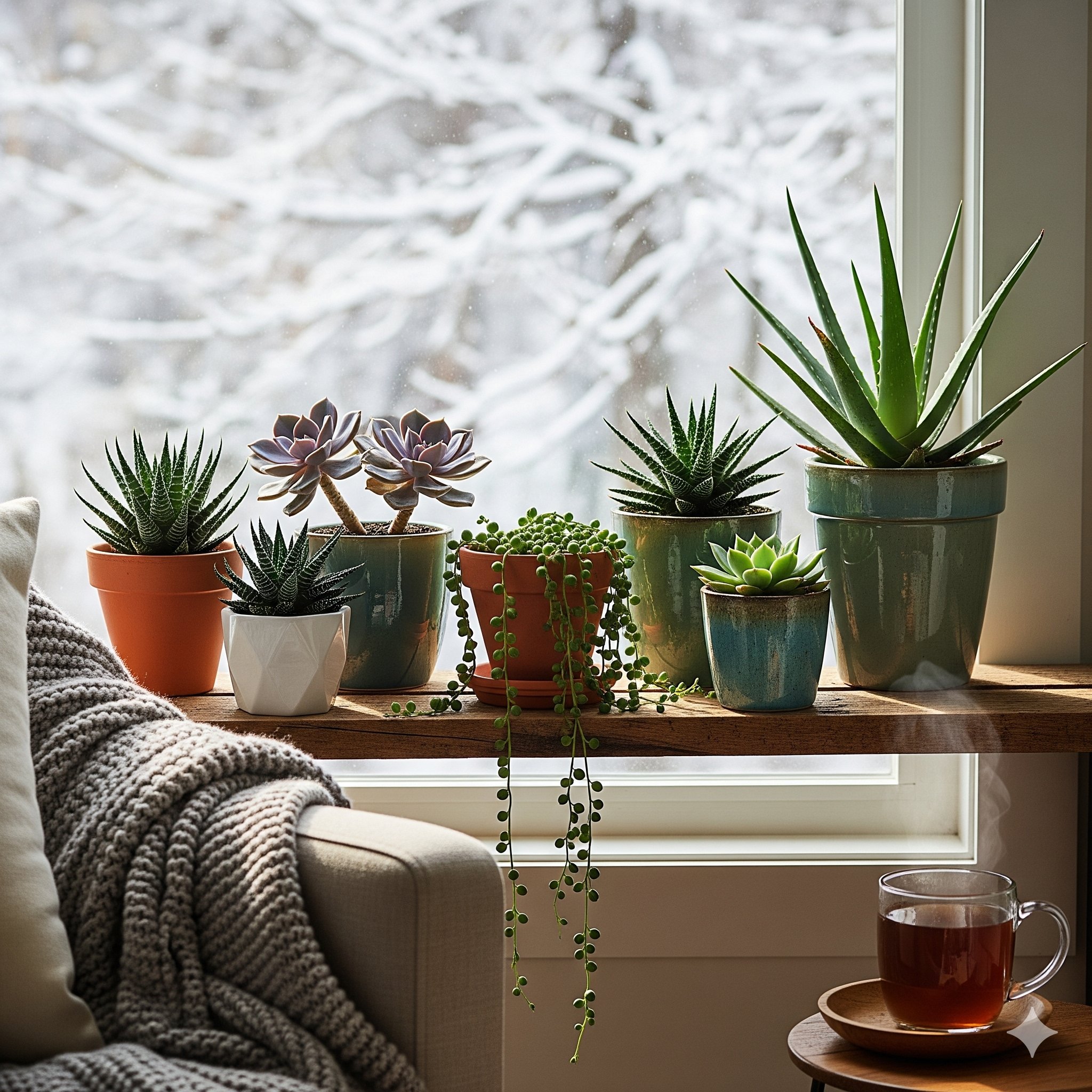Do Succulents Need Less Water In Winter?
When temperatures drop, your succulents slow down and shift into a resting phase. Their growth pauses, and their need for water decreases. Most succulents need much less water in winter, and in some cases, almost none at all.
This change in care can feel tricky, especially if you’re used to a regular watering routine during the warmer months. Giving too much water when the soil stays cold and damp can quickly lead to root rot. Learning how to adjust your watering habits will keep your plants healthy through the season.
By understanding why succulents need less water in winter and how to spot signs of overwatering, you can protect them from common problems. With a few simple changes, your plants will stay strong until growth picks up again in spring.
Why Succulents Need Less Water in Winter
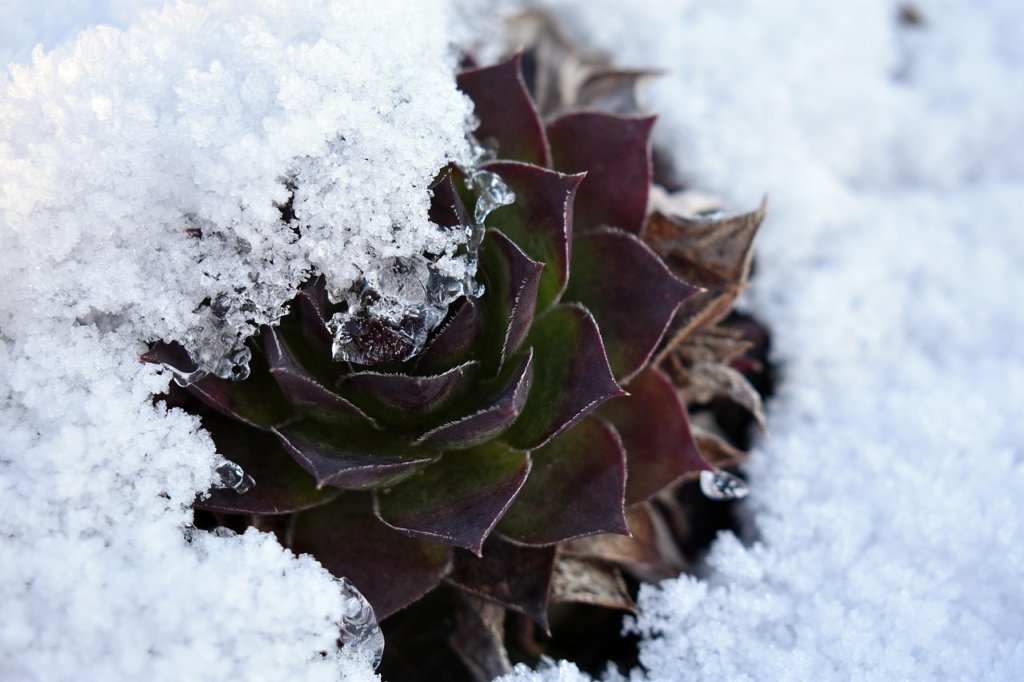
Succulents slow their growth when temperatures drop, and this change affects how much water they can use. Cooler conditions also make soil stay wet longer, which increases the chance of root problems if you water too often.
Dormancy and Reduced Growth
Many succulents enter a dormant or semi-dormant state in winter. During this time, they pause active growth and conserve energy. Because they are not producing new leaves or roots as quickly, their need for water decreases.
Dormancy helps protect the plant from cold stress. By slowing down, the succulent reduces its demand for nutrients and moisture. If you continue watering as if it were summer, the plant cannot use the extra water, leaving the soil too wet.
Some succulents, like Aeoniums, are exceptions because they grow in cooler months. For most types, though, you should expect slower growth and match your watering schedule to this reduced activity.
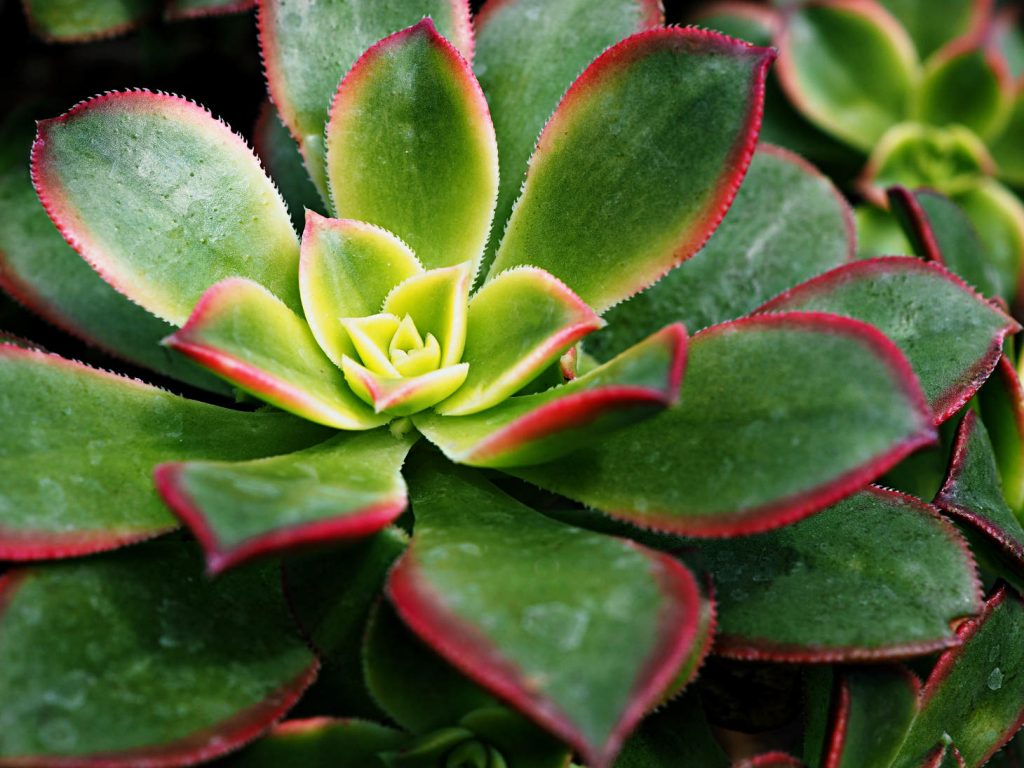
Water Uptake Changes in Cold Months
When temperatures drop below about 50°F (10°C), many succulents absorb water more slowly. The plant’s metabolism slows, and roots cannot process moisture as efficiently. This means water stays in the soil longer than it would during warm weather.
Indoor succulents may also experience reduced uptake, even if the air is heated. Lower light levels in winter reduce photosynthesis, which lowers the plant’s demand for water. Less sunlight means less energy for growth, so the roots remain less active.
Because of these changes, you may only need to water once every 3–4 weeks, depending on the soil and container. Always check that the soil is completely dry before adding water again.
Risks of Overwatering During Winter
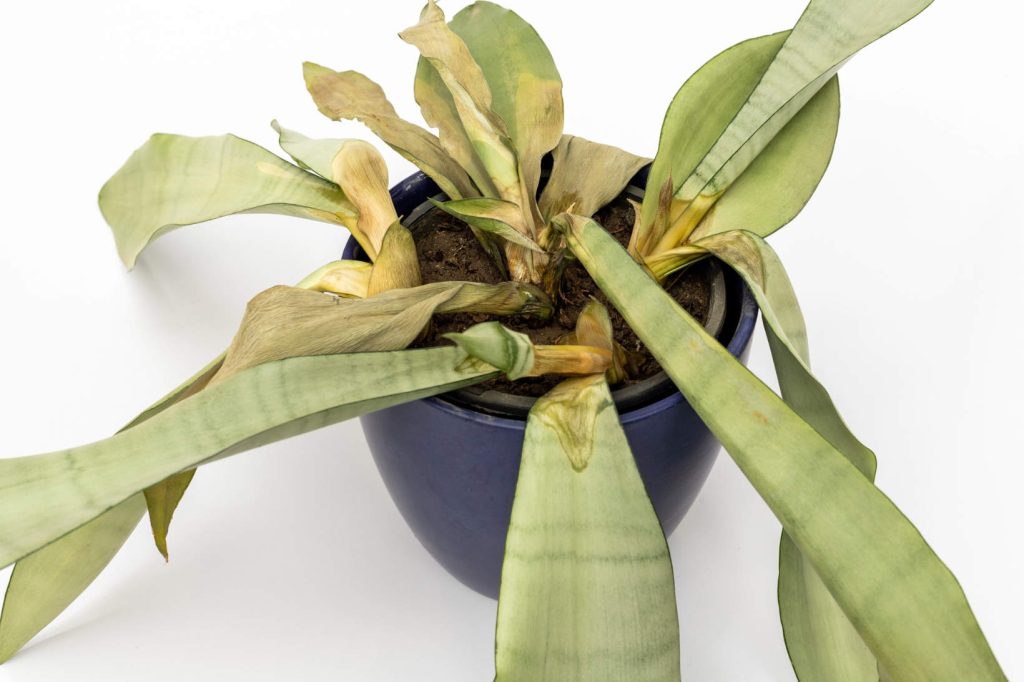
Overwatering is the most common cause of succulent loss in winter. Wet soil combined with cold temperatures creates conditions for root rot. Roots sitting in damp soil for too long can decay, leaving the plant unable to take in water later.
You may notice signs like mushy leaves, blackened roots, or a soft stem. These are often caused by giving water before the soil has fully dried.
To prevent this, use the “soak and dry” method but extend the time between waterings. Place your succulents in well-draining soil and containers with drainage holes. This reduces the chance of standing water during the dormant months.
Adjusting Your Watering Routine for Winter
Succulents slow their growth in cooler months, which means they use less water. The right schedule depends on temperature, sunlight, and whether your plants are indoors or outdoors. Paying attention to soil dryness and plant appearance helps you avoid both rot and dehydration.
How Often to Water Succulents in Winter
Most succulents need water far less often in winter than in summer. When temperatures drop below 50°F (10°C), many species go dormant and can go weeks without water. Some cold-hardy types may not need watering at all until spring.
A common schedule is every 3–4 weeks, but this depends on your environment. If your home is warm and dry, you may need to water a bit more often. Outdoors in cold climates, you may not water at all until the soil warms again.
Always let the soil dry completely before watering again. Use a simple test: stick your finger an inch deep into the soil. If it feels dry, you can water. If it feels damp, wait a few more days.
Signs Your Succulents Need Water
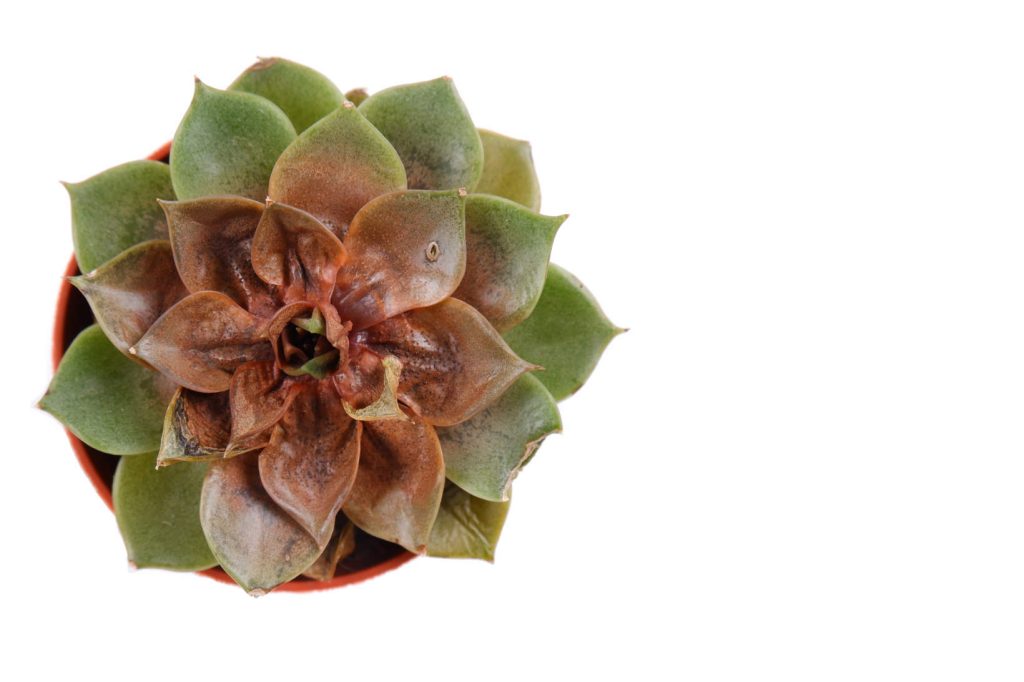
Your plants often show clear signs when they need a drink. Wrinkled or shriveled leaves are common indicators of dehydration. Leaves may also feel soft instead of firm.
Color changes can also signal stress. While some succulents may look duller when thirsty, others can develop vibrant red or orange hues. Some may even develop slight brown tips.
Check the soil before deciding to water. Dry soil plus wrinkled leaves usually means it’s time. If the soil is still moist but the leaves look off, hold back, since overwatering can cause similar symptoms.
Differences Between Indoor and Outdoor Succulents
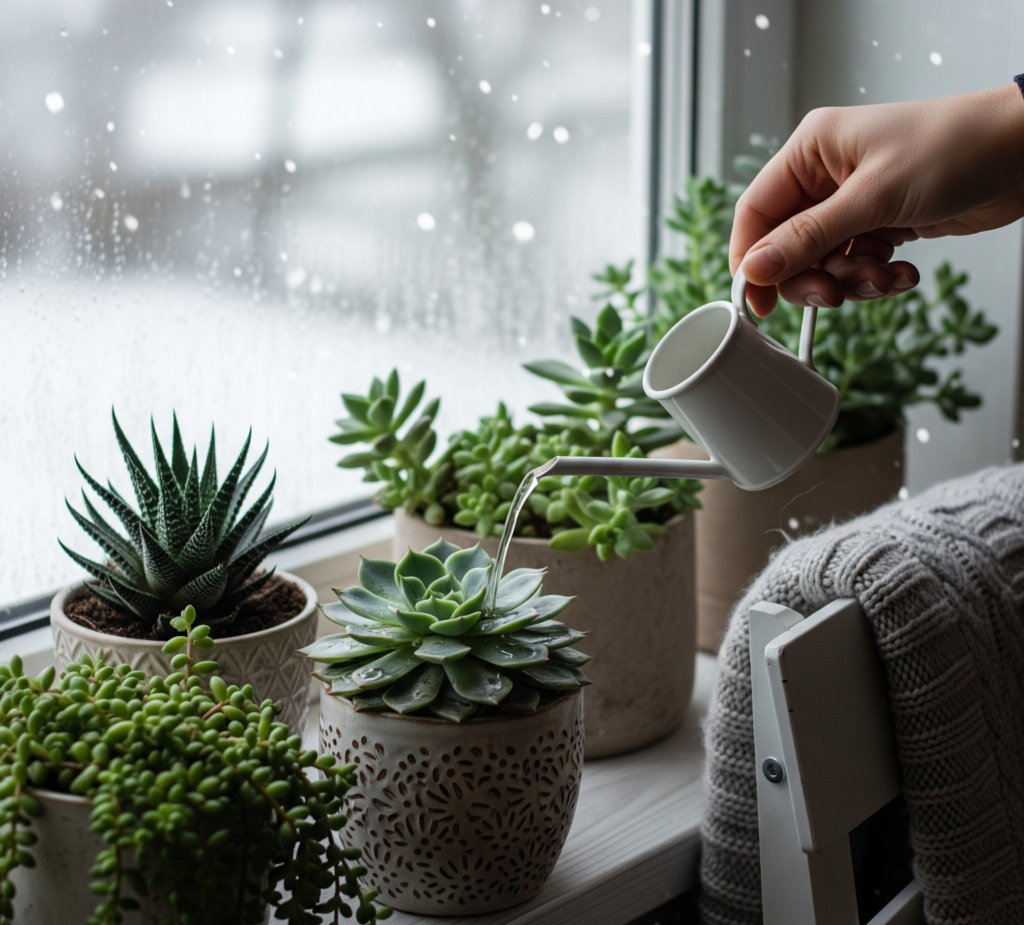
Indoor succulents often need more frequent watering than outdoor ones in winter. Heated homes create dry air that pulls moisture from the soil faster. Bright, sunny windows can also keep plants more active, which increases their water use.
Outdoor succulents in cold climates usually need little or no water. Cold soil holds moisture longer, and many species go dormant until spring. Watering in freezing conditions can damage roots.
If your succulents are outdoors in mild or warm regions, they may need occasional watering. Always adjust based on local weather, sunlight, and soil drainage. A plant in a sheltered patio may dry out faster than one in the ground.
Common Winter Watering Mistakes and How to Avoid Them
Succulents slow their growth in colder months, which changes how much water they need. Overwatering, ignoring indoor conditions, or using the wrong method of watering are the main reasons these plants struggle in winter.
Watering on a Summer Schedule

A common mistake is keeping the same watering routine you used in spring and summer. During winter, most succulents enter dormancy and use less water. If you continue to water weekly, the soil stays wet for too long, which can cause root rot.
You should only water when the soil is completely dry. This might mean every 3–4 weeks instead of once a week. Check the soil with your finger or use a wooden stick to see if any moisture remains before adding water.
It helps to keep a simple log of watering dates. This prevents you from watering too often out of habit. Adjusting your schedule to the plant’s seasonal needs keeps the roots healthy and prevents fungal problems.
Ignoring Indoor Environmental Changes
When you bring succulents indoors for winter, the environment changes. Less sunlight, cooler air, and lower evaporation mean the soil holds moisture longer. If you ignore these changes, you may give too much water.
Heating systems also affect plants. For example, dry indoor air can pull moisture from leaves faster, but the soil may still stay damp. This creates a tricky balance. Always check both the soil and the plant’s appearance before watering.
Placing succulents near drafty windows or heating vents can stress them further. Keep them in a bright spot with steady temperatures and remember that indoor conditions slow down their water use.
Watering Technique Mistakes
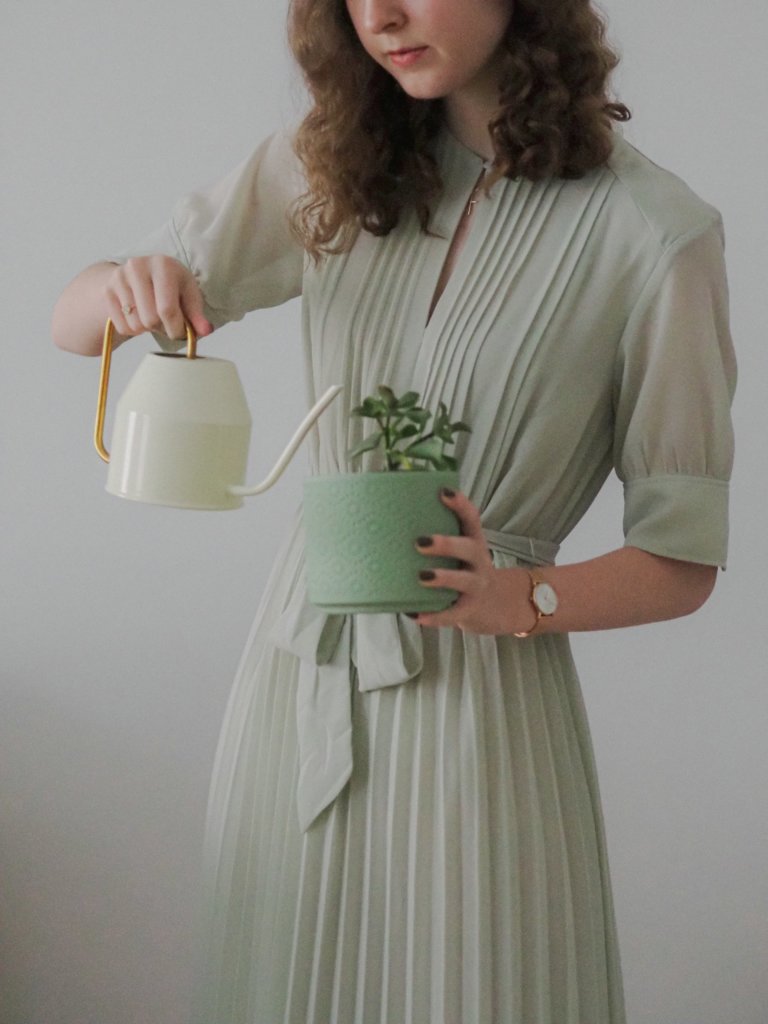
How you water matters as much as how often. Pouring small amounts of water frequently only dampens the topsoil and leaves roots dry. On the other hand, soaking the soil too often creates standing moisture that harms roots.
The best method is deep, infrequent watering. Add enough water so it drains from the pot’s holes, then let the soil dry completely before watering again. This mimics the natural cycle succulents are adapted to.
Avoid watering directly on the leaves or crown, especially in cold weather. Sitting water can lead to rot. Always aim water at the soil line and make sure the pot has good drainage.
Frequently Asked Questions
Succulents slow their growth in winter, which reduces how much water they need. Temperature, location, and whether the plants are indoors or outdoors all affect the right watering schedule.
How should the watering schedule for indoor succulents change during winter months?
You should water indoor succulents less often in winter because cooler air and shorter days slow evaporation. Every 3–4 weeks is usually enough, but always check that the soil is fully dry before watering again.
What is the recommended amount of water for a small succulent during the colder season?
For a small succulent during the colder season, water thoroughly until it drains out of the pot, then allow the soil to dry completely before watering again. This prevents root rot and encourages a strong root system.
How does the water requirement for succulents differ from summer to winter?
In summer, succulents grow faster and use more water, so you may water them every 1–2 weeks. In winter, they rest and need water only once every 3–4 weeks. This shift prevents root rot and matches their natural growth cycle.
What are the best practices for watering outdoor succulents in winter?
If temperatures drop below 50°F (10°C), avoid watering outdoor succulents because cold, wet soil can cause rot. For cold-hardy varieties, water sparingly only when the soil is dry and the weather is mild. Always make sure outdoor containers have good drainage.
Do indoor succulents require less frequent watering compared to outdoor ones in winter?
Indoor succulents often need water slightly more often than outdoor ones because they are protected from freezing temperatures. However, they still require much less water than in summer. Always base watering on soil dryness rather than a fixed schedule.
What signs indicate that a succulent is receiving too much water in the winter?
Soft, mushy leaves and black or brown spots near the base are signs of overwatering. You may also notice leaves falling off easily or soil that stays wet for too long. Reducing watering and improving drainage can help prevent further damage.

